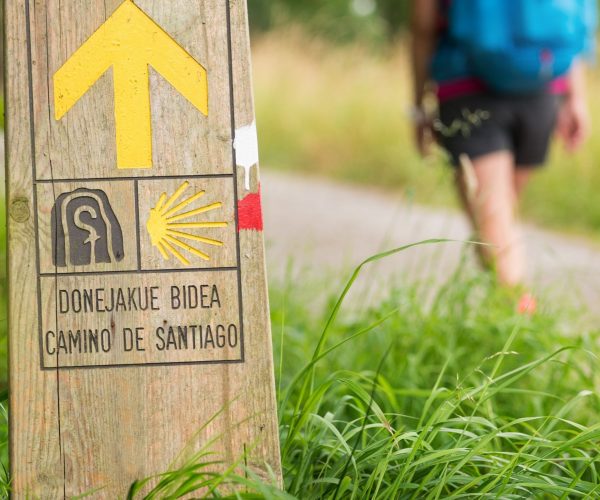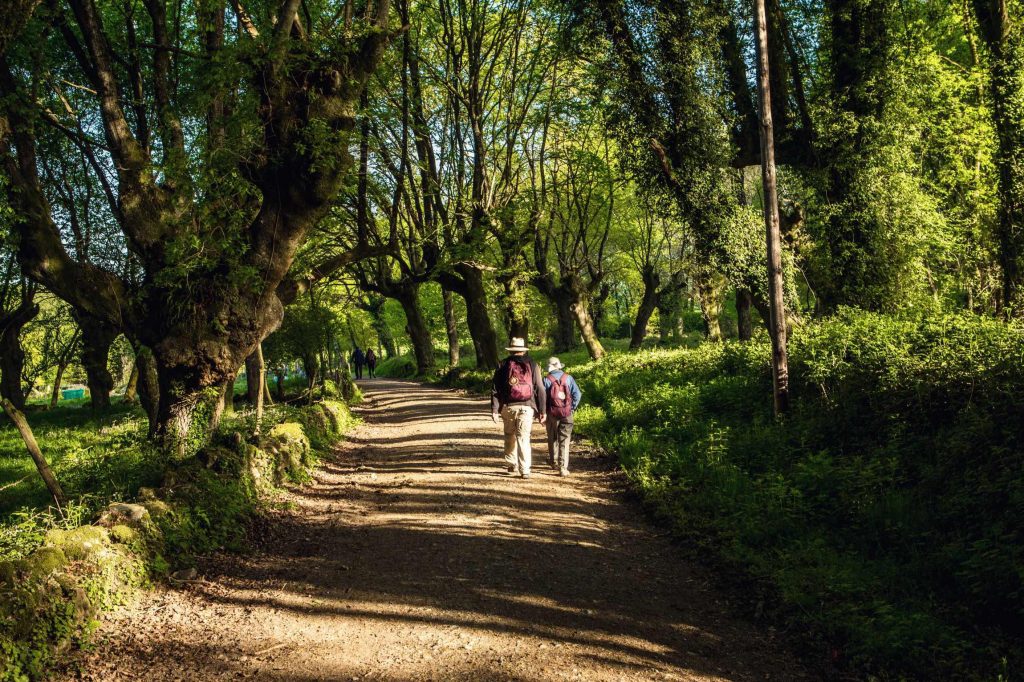






At JWT Travel you will find a range of great tours and travel ideas for groups and individuals. From rugby tours and school trips to unforgettable cruise holidays, walking the Camino de Santiago, Escorted Tours or Music and Fun in the Sun, our knowledgeable team will create the perfect trip for you and guide you every step of the way, always with a personal touch.
Our experienced travel team will look after all the planning and organising for you, from flights and transport to quality accommodation, tickets to thrilling matches and even travel insurance so all you have to do is pack your suitcase and get your passport ready!
These are some of the many reasons our clients travel with JWT Travel:
Myself and my husband took the JWT Leinster Rugby Tour to South Africa and I can honestly say it was one of the most enjoyable holidays we’ve been on. We have always been reluctant to go on organised tours, preferring to do our own thing but because of our fantastic experience on this tour we have now been firmly converted.
Many thanks to the JWT team for your wonderful organisational skills. From the moment we walked into Dublin Airport to the time we returned there twelve days later, we were looked after by the best people, from tour guides to bus drivers to hotel staff, we had all the very best.
A very special thank you to Martina, our Rep for the tour, you were a pleasure to be with, relaxed, happy and chatty and always ready to go that extra mile to make sure we all enjoyed the holiday. And of course all the new friends we have made is the real bonus, the cherry on the cake.
JWT provided a superb holiday as with memorable experiences. South Africa is a beautiful country with stunning scenery. South Africans are welcoming and friendly. As well as the chance to see Leinster play there was an itinerary that ensued the top tourist attractions were visited in the cities the tour stayed in. The hotels were centrally located and the food and accommodation was very good. In addition the chance to visit Pilanberg game reserve was a wonderful experience. The game drives through the reserve were amazing. One of the many highlights was the trip to the Cape of Good Hope truly memorable.
The tour was very professionally organised and went without a hitch. The JWT rep on the tour was excellent and the local tour guides were very polished and knowledgeable.
As if all the above wasn’t enough there was two visits to vineyards in the Capelands.
We thoroughly enjoyed the trip which exceeded our expectations.
A big thank you. Thanks so much JWT for our flight to Albufeira for Paul Claffey music tours. It was very comfortable, your staff at the hotel were just amazing, they went above and beyond for everyone. Will definitely be going and booking this amazing holiday.
We recently returned from an unforgettable cruise aboard the Sun Princess, booked through Kayleigh Power at JWT Galway — and we couldn’t be happier with the experience!
From the moment we set sail, everything was exceptionally well organised. Our itinerary took us to some stunning destinations including Athens, Sicily, Corfu, and Palma. Each stop offered its own charm and beauty, with the exception of Bar in Montenegro, which we found a bit disappointing compared to the others.
🌞 The weather throughout the trip was fantastic, adding to the enjoyment of each port and onboard activity. The Sun Princess itself was a delight — beautifully maintained with lovely bars and restaurants that made dining and relaxing a pleasure. The food was consistently delicious, and the staff were outstanding: friendly, professional, and always eager to help. Our cabin was spacious with a balcony and lovely seating.
🎭 Entertainment onboard was lively and varied, keeping us engaged throughout the evenings. Whether you were looking for a show, live music, or a quiet drink with a view, there was something for everyone.
We highly recommend booking your cruise through Kayleigh at JWT Galway. Her attention to detail and expert planning made the whole process seamless and stress-free. If you’re considering a cruise, she’s the one to talk to!
We recently traveled on the Old Time Country Music tour with guide Eugene McDermott. It was an excellent trip with so much packed in over the 9 days. Eugene was a brilliant guide who paid great attention to detail. It was evident that he had made many contacts over the years and this really added to the trip. It was non stop with a lot of travel but a great opportunity to see the “real American” and enjoy some wonderful shows and music. I would highly recommend this trip.
We were delighted with our trip to Tennessee. It lived up to our expectations. Eugene is a wonderful organiser, he made everything so easy, all we had to do was show up at the allocated times. Our travelling companions were very friendly and there was great camaraderie. Would highly recommend it.
I want to say thanks for a great week on the Camino ( Porto ): Good weather, Friendly group, Great hotels, Great guide ( Jorge ) as expected and very attentive bus driver.
It was amazing the best holiday of our lives. Everything worked seamlessly. Now we have been on a cruise we are spoiled for all other holidays.
What a trip to South Africa! (March 2025). Along with many other Leinster Rugby supporters we enjoyed our JWT tour from start to finish. A big thank you must go to our JWT rep Martina.
From the very start Martina’s professionalism, organisational skills and friendliness put us all at ease in each others company throughout the trip.
A truly exceptional experience. Thank you Martina, Well done JWT.
Dave Moore and Declan Mullally
Just wanted to thank Martina and JWT for a great weekend. We had a fantastic time and couldn’t have asked to be looked after any better than we were.
I just wanted to let you know that we had a fabulous time on the cruise. Everything was top class. Allure of the Seas is lovely! Thank you for everything.
First of all, thank you from the bottom of my heart for all your help in booking our cruise holiday. We just had the best time making so many gorgeous memories.







